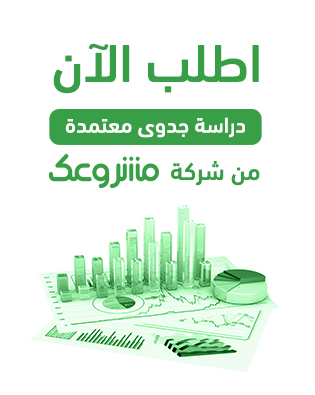Description of ready-mix concrete plant
It is a ready-mix concrete plant where the project produces ready-mix concrete, which is a heterogeneous mixture of sand, gravel, cement and water. Some other materials (additives) can be added to obtain certain properties. The proportions of these materials in the concrete mixture are chosen according to the type of work required and the available materials. By mixing these materials together, concrete is obtained that begins to harden gradually over time until it becomes solid and strong, and its strength varies according to the basic components as well as according to the mixing method during pouring and the type of processing in terms of adding chemical enhancers. The idea of the project comes from the continuous demand for ready-mix concrete and the huge boom in various industrial and housing fields due to the current development and urban renaissance in which the construction field needs ready-mix concrete, making the demand for this project increasing, and because the raw materials needed for it are available, namely cement, sand, gravel and other additives, it increases the chances of stabilizing its production processes. The goal of the project is to meet the requirements and needs of the region due to the abundance of urban development and benefit from all the elements of sustainable development. The project targets the local market (contracting companies – real estate investment companies – contractors)






